

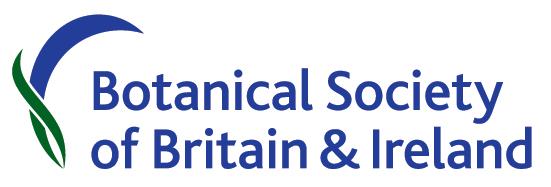






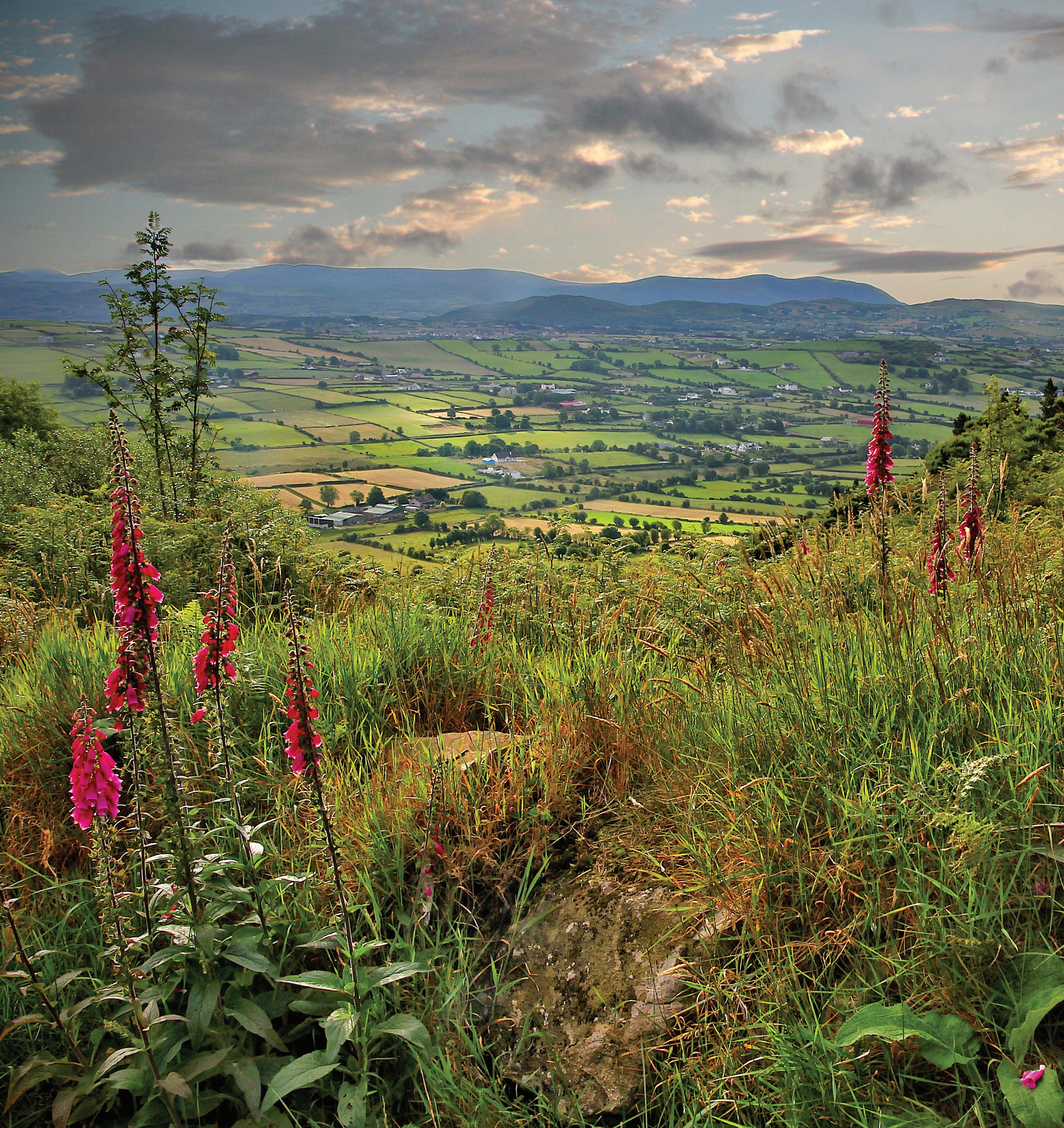
The Ring of Gullion is an Area of Outstanding Natural Beauty (AONB), a designation that sets out to protect and enhance the environmental qualities of the area for those living locally, the many tourists who visit the area and future generations . The area was designated in 1991 (although some parts of South Armagh had been designated since 1966) It covers 15,353ha and borders Carlingford Lough, the Cooleys and Mourne AONB Newry, Mourne and Down District Council manage the Ring of Gullion AONB along with the Northern Ireland Environmental Agency (NIEA) which is responsible for the designation of Areas of Outstanding Natural Beauty .
This area is steeped in history and mythology, from Cú Chulainn single-handedly defending Ulster in the Táin to Fionn mac Cumhaill being temporarily turned into an old man by an ancient witch on Slieve Gullion . There is however another story of the Ring of Gullion, and that is one of nature . While our modern world has developed immensely, the landscape, geography, flora and fauna which we are part of today connects us to the legends of Cú Chulainn, Fionn mac Cumhaill and the rest of the Fianna . The natural world is an intrinsic link to our ancestors, culture and heritage and for this reason alone it is something to be cherished and protected
The purpose of this booklet is to encourage the enjoyment and recording of wildflowers and plants in South Armagh . In it you should find ways to identify both common plants which are likely to be seen on a regular basis and rarer species which will require an effort to find . You will also find tips on how to collect and store seed and grow your own wildflowers . Growing your own is a great way to combat biodiversity loss and will also attract bees, butterflies and a plethora of other extremely important creatures to your garden, allotment, local amenity area or place of work
We hope this booklet encourages you to enjoy and appreciate the beauty of the flora of South Armagh This booklet is funded by the Department of Environment’s Challenge Fund and is a partnership between the Ring of Gullion Partnership, the Heritage Lottery Fund, County Armagh Wildlife Society and the Botanical Society of Britain & Ireland (BSBI)
A special thanks to authors and photographers Oisín Duffy & Mairéad Crawford for pulling together the information and photography for this booklet .
John Faulkner Chairperson of the County Armagh Wildlife SocietySeed collecting from native wildflower populations can be an important conservation action, if it is carried out correctly . Collecting seeds from local sources ensures that you are using plant material that is indigenous and suited to the local environment
Here are some guidelines for seed collecting: Make sure to gain landowner permission when collecting seed
Step 1 - Locate and identify species: Ensure you have correctly identified the plant species from which you are collecting This booklet will provide you with the necessary information to confidently identify species . Collect seed from plants which appear mature, healthy and typical to maximise the chances of good quality seed We suggest you carry out seed collection on a dry day as this helps with seed storage and combats mould Do not collect from rare or protected plants as a special licence may be needed
Step 2 - Ensure seed is ripe: Ripe seed is usually hard, brown and dry, but check booklet for further information on seed appearance .
Step 3 - Collect ripe seed into suitable container: Collect your seed into bags and label clearly, with the species name, the location and the date collected Stout paper or cotton – not polythene – bags are normally best Depending on species and ripeness, it may be best to pick shoots with several fruits and allow the seed to ripen and dry in the bags .
Step 4 - Clean chaff and debris away from seed: Prepare seed by cleaning away chaff and other debris . A sieve or colander may be useful . Unless the seed is very light, you may be able to blow the chaff away (winnowing)
Step 5 - Dry seed: If you plan to store your seed you will need to dry it Keeping seeds dry is vitally important as you do not want mould or other infestations jeopardising the viability . There are a number of ways to keep your seed dry, a hot-press or an airing cupboard would be a suitable environment for drying, or place a few silica gel packets with your stored seed Ensure there are no insects packaged with the seed
Step 6 - Prepare seed: Some seeds may need special treatments to aid germination before being sown This booklet will provide you with species specific information on preparing and sowing your native wildflower seeds

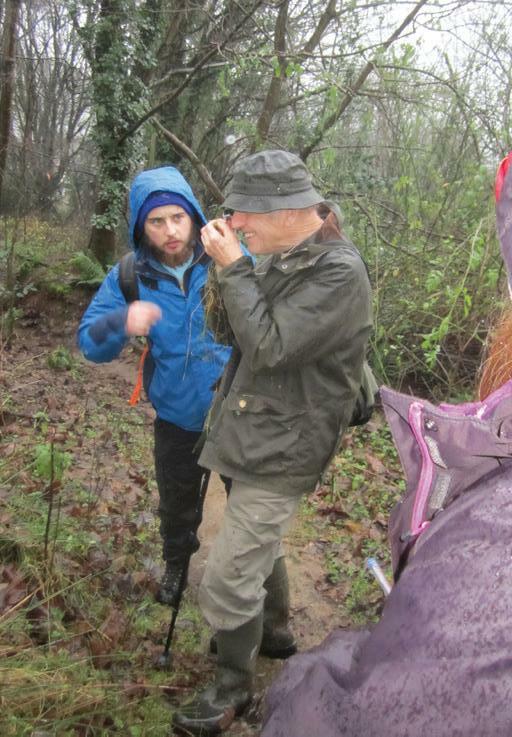
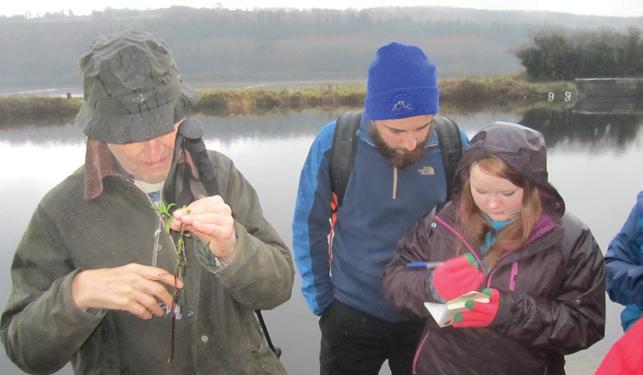
Usually dominated by grasses, but can support a large number of wildflowers, sedges and rushes It is Ireland’s most common habitat and accounts for over 60% of land cover throughout the country . Grassland is a broad habitat type that is greatly influenced by external factors such as, drainage, geology, location, land use and management . If left without any management most grasslands would become scrub and eventually woodland through a process known as succession .



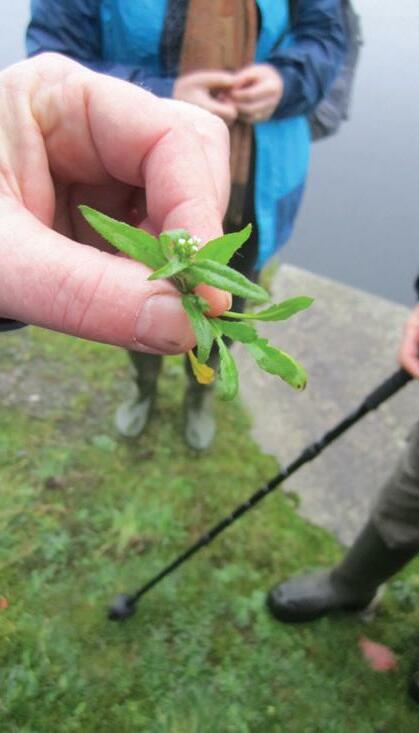
All species-rich grassland require some management to maintain it, but there is very little of this good habitat left in Ireland due to poor management such as overgrazing, use of feritlizer, over cutting etc . Grassland flowers thrive best in soils of low fertility with light occasional grazing or cutting to prevent succession . Many hillside habitats in the Ring of Gullion are at the scrub stage of succession .
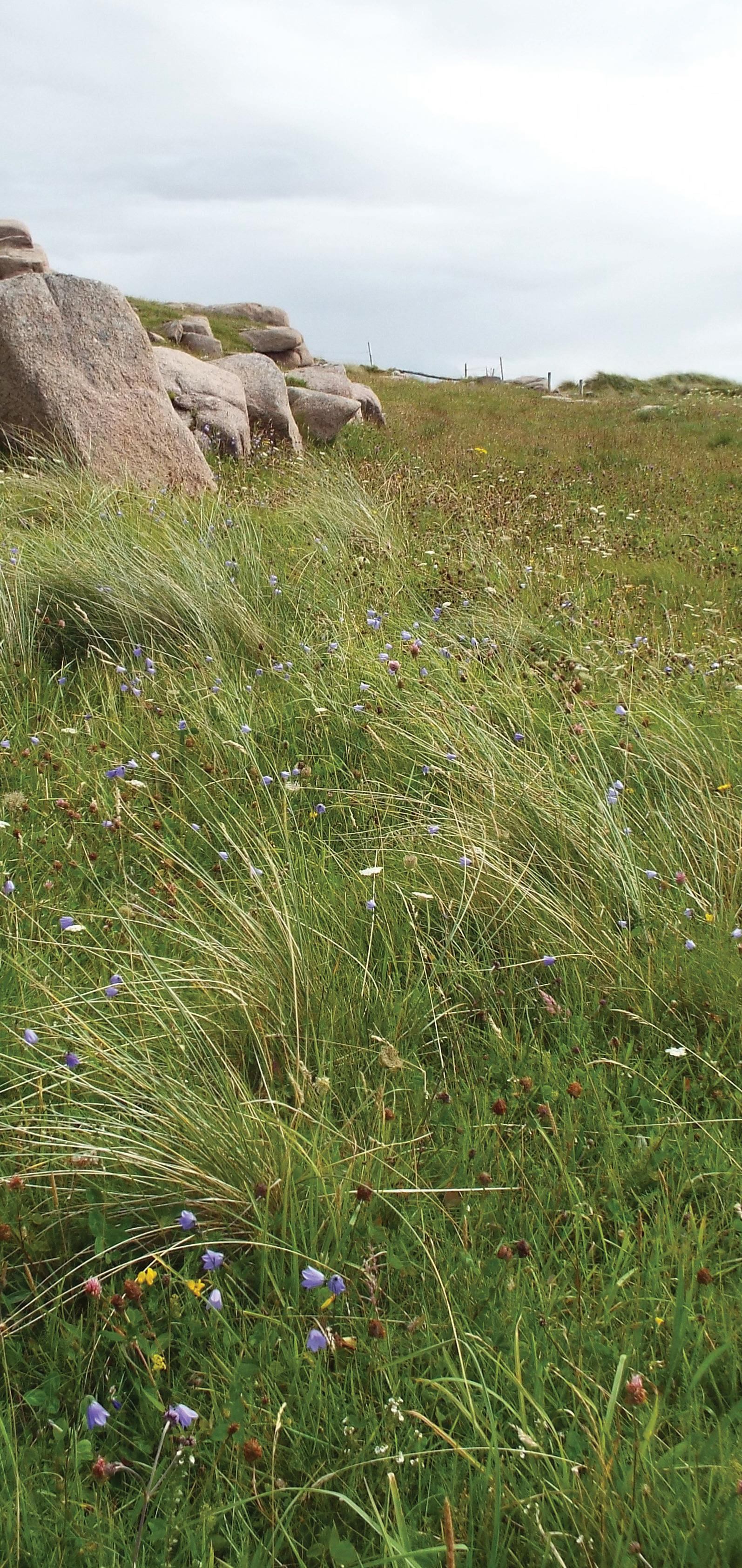
Flowers: July – August
Erect, herbaceous perennial 30-50cm in height . Basal leaves, round-heart-shaped with rounded teeth, leaves on stem linear-lanceolate Flowers solitary, hanging, bell-shaped and mid-blue, up to 3cm in length Found in coastal grassland, pastures, heaths and mountain cliffs . Rare in South Armagh; North-Western distribution throughout the rest of Ireland.
Flowers: June – August
Erect, biennial, ranging from 5-50cm in height . Leaves in basal rosette, linear-lanceolate, leaves on stem, small and unstalked . Flowering head tightly packed with small flowers, bright blue in colour . Found in grasslands, heaths and rocky areas . Occasional in South Armagh; common in coastal regions of Ireland, rare in centre.
Similar species: Devil’s Bit-Scabious (Succisa pratensis) .
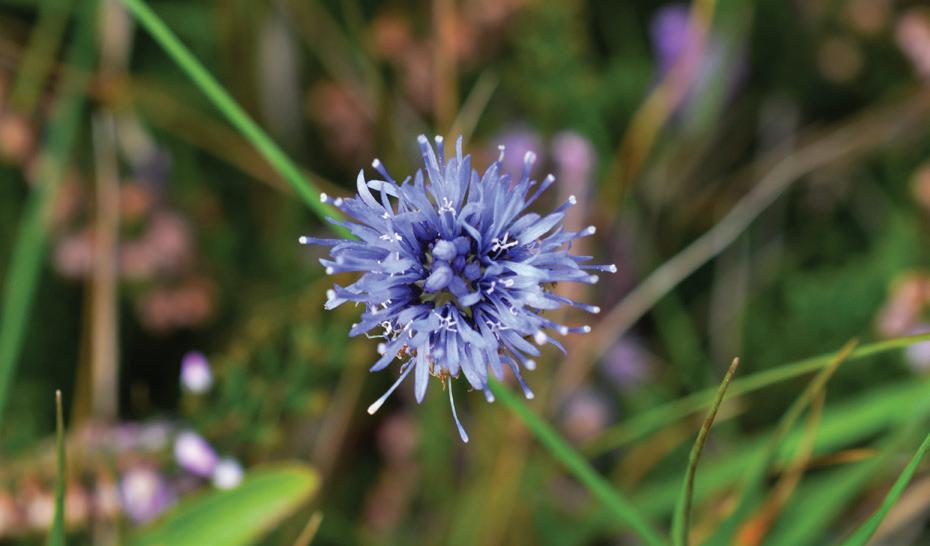
Flowers: May – August
Herbaceous with solid stem, 15-60cm in height . Leaves lanceolate, no more than seven in number, 4-6 times as long as wide, with oblong dark spots .

Flowers arranged in a pyramidal spike, pinkish-lilac, although highly variable (sometimes white) . Labellum 3-lobed, middle lobe longest, spur conical . Found in grasslands, marshes and wood margins . Common and Widespread
.

Similar Species: Heath Spotted Orchid –(Dactylorhiza maculata) Leaves linear-lanceolate, 6-9 times as long as wide with black circular spots . Flowers white to pink in colour, although highly variable, labellum 3-lobed, the middle lobe being the smallest
Distribution in south Armagh: Found in heaths, bogs and wet grassland .
Field Gentian – (Gentianella campestris) – Lus an chrúbáin – Gentianaceae
Flowers: July – September
Erect, annual-biennial, 7-20cm in height . Leaves ovallanceolate, unstalked Flowers bluish-purple, 1-1 .5cm across, calyx and corolla 4-lobed, calyx lobes being unequal in size, short hairs at the throat of corolla Found in coastal grassland and damp, sandy places Rare in South Armagh and occasional in the north and west of Ireland; rare elsewhere .

Similar species: Autumn Gentian (Gentianella amarella) Calyx lobes of equal sizes .
Eyebright – (Euphrasia spp.) – Glanrosc –Orobanchaceae

Flowers: May – September
Small, upright, hemiparasitic annual . Leaves 0 .51 5cm, almost as broad as long, toothed, stalkless, lower opposite, upper alternate Flowers arranged in leafy, terminal spikes and range in background colour from white to violet . Corolla with yellow marking and dark veins on lower lip, upper lip hooded, two lobed, lower lips spreading with three notched lobes . Various species differ in hairiness, flower size and colour, internode length etc . Found in short grassland, roadside verges, flushes and field margins Individual eyebright species are very difficult to differentiate At least 5 species and two hybrids occur in South Armagh . Frequent and widespread in both South Armagh and Ireland .
Bird’s-foot Trefoil – (Lotus corniculatus) – Crobh éin – Fabaceae

Flowers: June – September
Creeping perennial, 5-50cm in height with solid stems . Leaves pinnate, alternately arranged, leaflets oval-lanceolate . Can climb for support and stability using slender green tendrils . Characteristic “pea” flowers, 1 5cm in length, yellow but can also be tinted with orange or red, in groups of 3-6 Found in grasslands, road verges and waste ground Common and widespread throughout Ireland and South Armagh .
Similar species: Greater Bird’s-foot Trefoil (Lotus pedunculatus) – Has hollow stems, flowers in groups of 6-12, and calyx teeth spreading star-like in bud
Fruits: July – October
Appearance: A beaked pod, 2 .5-3cm in length containing many seeds .
An ideal plant for wildflower gardens and meadows as it is the larval food plant of the common blue butterfly and provides an abundant source of nectar for bumblebees and other pollinators, especially if planted in a sunny area Another bonus of planting this flower is that it is nitrogen-fixing, so it will enrich your soil Bird’s-foot trefoil has a branched root system that runs deep, it can grow equally well in shallow and deep soils .
Sowing and general care: For best results sow in spring or summer Can be sown directly into soil outdoors or can be grown indoors until seedlings are a suitable size to be handled without damage . If sowing outdoors, scatter seeds onto bare soil . If sowing indoors, place seeds on surface of compost and space well apart . Thinning out of seedlings may be required as this plant is quite sprawling in its growth form Germination should occur after 2-4 weeks in warm weather For improved germination rates some gentle scarification may be applied to the seed coat . This is done by gently rubbing the seed with an abrasive surface e .g . sand paper . This plant is intolerant of shading, so plant in an open area with maximum daylight .
Bush Vetch – (Vicia sepium) – Peasair fhiáin –Fabaceae

Flowers: May – July
Climbing or creeping herbaceous perennial, 20-80cm in height . Leaves pinnate, leaflets oval-lanceolate with 5-7 pairs . Can climb for support and stability using branched tendrils Characteristic “pea” flowers 1 5cm in length, in groups of 2-6, purplish-lilac . Found in grassland, road verges and waste ground Common and widespread throughout South Armagh and Ireland .
Fruits: June – September
Appearance: A beaked pod, 2-3 .5cm in length, containing 3-10 seeds .
This wildflower is excellent for attracting bumblebees to your garden, particularly the common carder bee (Bombus pascuorum), which has a long tongue that can reach the nectar source easily . This wildflower also fixes nitrogen in its roots, which will help to enrich your soil . Can be invasive in cultivated areas of the garden .
Sowing and general care: Sow seeds in bare ground in late spring or early summer, no more than an inch deep into the soil . Water well once sown . Expect flowers 3 months after sowing . For improved germination rates some gentle scarification may be applied to the seed coat . This is done by gently rubbing the seed with an abrasive surface e g sand paper .
Flowers: May – August
Erect, hairless, hemi-parasitic annual 30-50cm in height . Leaves unstalked, linear-lanceolate with a toothed margin Flowers yellow, 1 5cm in length, upper lip hooded with blue teeth, lower lip 3-lobed and shorter than upper lip . When in fruit, seeds rattle inside papery brown calyx . Found in meadows and pastures . Frequent in South Armagh and the rest of Ireland .

Fruits: July – September
Appearance: Brown papery calyx containing many seeds .
This plant gets its name from its seed pods as they rattle when disturbed . Best sown in lowfertility grasslands as it is hemiparasitic and can gain nutrients from surrounding plants, including grasses . This makes it a valuable species to plant in a wildflower meadow as it reduces the vigour of many grasses and allows more space for wildflowers to bloom . It is shade intolerant .
Sowing and general care: Sow in August for next summer flowering, as seeds need to experience a cold over-wintering period before germinating . Best sown into mown grass patches in low-medium fertility soils in a sunny area, do not sow in dense grassy swards Space seeds well apart when sowing (no more than 10 plants per square metre), as too many crowded together can have negative effects on the surrounding flora due to parasitisation .
Common Knapweed – (Centaurea nigra) – Mínscoth – Asteraceae

Flowers: July – September
Erect, hairy perennial with branching stems, 30100cm in height . Leaves oblong, alternate . Lower leaves stalked and pinnate, upper leaves unstalked and entire . Flowering head conglomerate, purple, 2 5cm across, surrounded underneath by dark scalelike bracts Found in grasslands, road verges and waste ground . Common and widespread throughout South Armagh and Ireland
Fruits: August – October
Appearance: Many seeds held inside dry capsule topped by fluffy white/brown hair-like structures Another pollinator-friendly wildflower, this plant is quite hardy but generally prefers sunny areas It selfseeds into bare ground easily by wind dispersal and can colonise an area in a few years as it produces lots of seed .
Sowing and general care: Best sown in early summer in well-drained, low-medium fertility soils in a sunny area . It is intolerant of very damp, acidic soils . Germination should occur within 1-2 weeks . Grows well and can be sown at any time of the year . Tolerant of partial shade .
Flowers: June – August
Erect, herbaceous perennial growing up to 60-120cm in height with red stems . Leaves pinnate with 2-5 pairs of leaflets, green above, white below Flowers cream and highly fragrant, 5-petalled, 0 .5cm across, arranged in disorganised clusters leading to a fuzzy appearance . Found in wetlands, ditches and road verges . Common and widespread throughout South Armagh and Ireland .
Fruits: July – September
Appearance: A head of capsules, each bearing 1-2 seeds .
This sweet smelling wildflower is best planted in slightly waterlogged soils, making it perfect for damp garden patches and stream or river courses .

Sowing and general care: Best sown indoors in spring with a shallow covering of soil and kept inside a polythene bag until germination takes place (3 weeks) and re-planted outdoors in wet soil when seedlings are a suitable size to be handled without damage, as this plant is susceptible to frost damage .
Oxeye Daisy – (Leucanthemum vulgare) – Nóinín mór – Asteraceae
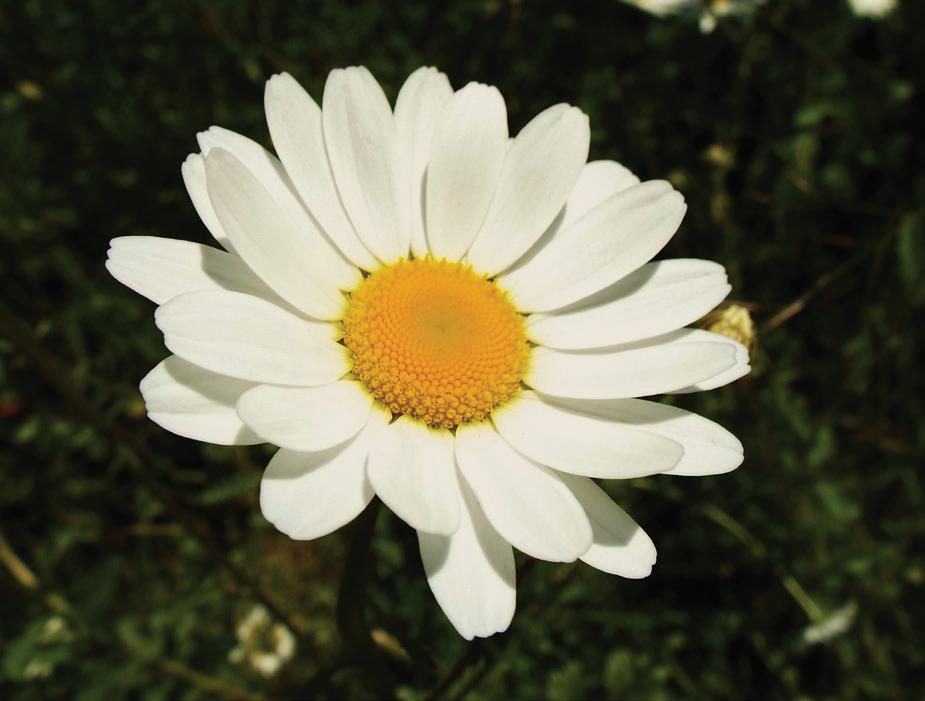
Flowers: June – August
Erect, herbaceous perennial, 30-75cm in height with underground stems Basal leaves stalked, spoon-shaped and toothed . Stem leaves alternate, pinnate, untoothed, lower leaves stalked, upper leaves unstalked . Flowering head solitary, 5cm across consisting of densely packed, yellow disc florets surrounded by white ray florets . Found in grasslands, waste ground and road verges . Common and widespread throughout South Armagh and Ireland .
Fruits: July – September
Appearance: Large domed seed-head containing many seeds . Characteristic summer flower that is a great addition to any wildflower garden .
Sowing and general care: Best sown outdoors in late summer or early autumn for summer flowering the following year . Plant no more than half an inch deep into bare soil in a sunny place Germination will take place after 2 weeks and shoots should appear after 6 weeks Once established water well and dead-head regularly for continued flowering .
Flowers: June – August
Climbing or scrambling, herbaceous, 60-200cm . Leaves pinnate with 5-15 leaflets, longer than wide, ending in a thin, green, branched tendril . Characteristic “pea” flowers, blue to purple, in long-stalked clusters of 10-30, each 8-12mm in length Found in grasslands, fens, hedgerows and waste ground . Common and widespread throughout South Armagh and Ireland .

Fruits: July – September
Appearance: A beaked pod, 1–2 .5cm in length containing 2-6 seeds
This is a fabulously showy and hardy wildflower that grows well in grassy areas in full sun or partial shade and is great for pollinator-friendly gardening . This plant fixes nitrogen in its roots, thereby enriching the soil .
Sowing and general care: Best sown in damp, welldrained soils in bare ground or grassy patches in a sunny area If soils are dry, it is better to plant in partial shade For improved germination rates some gentle scarification may be applied to the seed coat . This is done by gently rubbing the seed with an abrasive surface e .g . sand paper . Soak seeds in warm water for 24 hours before sowing . Expect flowers 2-3 months after sowing .
Woodland: An area covered by trees, the diversity and type of ground flora is dependent on the type of woodland (deciduous, coniferous or mixed woodland) . Ireland was once predominantly covered with woodland, today this figure stands at 11%, the majority of which is commercial plantations (native/ semi-native woodlands only make up 2% of this figure) Woodlands also support a good range of bryophytes, lichens and ferns .
Rocky Places: Areas of exposed rock, can come in a number of forms, from cliff edges, mountainous areas to stone walls where small crevices provide a suitable foothold to well-adapted plants Old stone walls are considered especially important for biodiversity . These areas usually support a diverse range of lichens, bryophytes and ferns .

Flowers: July – August
Erect, herbaceous perennial, 20-60cm in height . Leaves oval-cordate, with toothed edge, stalked and deeply wrinkled, arranged opposite each other on stem Flowers arranged in loose spike, greenishcream with 5-lobed lower lip and no upper lip . Found in woods, hedgerows and upland areas Common in South Armagh, frequent in the rest of Ireland
Flowers: June – August
Erect, herbaceous biennial, 15-30cm in height Leaves 3-7cm in width, circular with rounded toothed margin on long stalks . Flowers 7-10mm in length, cream-pink or green-white, tubular and arranged in whorls on a long stalk . Found in rocky places and on walls . Common in South Armagh, frequent in the rest of Ireland

Flowers: April – May
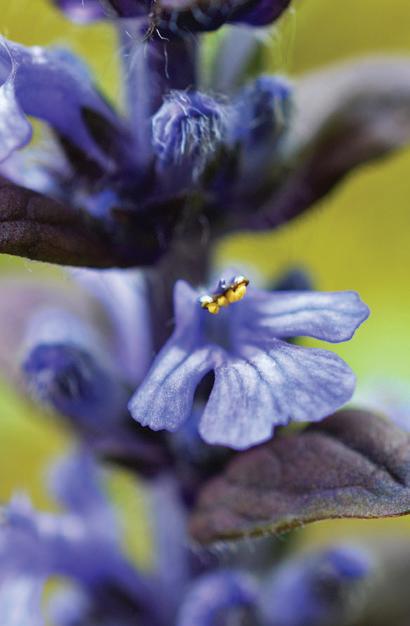
Herbaceous perennial, 5-10cm in height Leaves trifoliate with rounded margins and forming clusters or carpet on woodland floor . Flowers 1 .5-2cm across, solitary, drooping on long stalks, white with purple veins . Found in woods, hedgerows and rocky places Common and widespread throughout South Armagh and the rest of Ireland

Flowers: May – June
Erect and herbaceous growing, 15-30cm in height with square stems and stolons . Basal leaves 3-lobed and toothed, appearing after flowers Leaves on stem opposite, unstalked, ovate and green-bronze in colour . Flowers blue, 2-4cm in length and roughly 6mm in width, forming a loose spike, calyx with 5 teeth, corolla with minute upper lip and large 4-lobed lower lip . Found in woods, grasslands and shady places . Common in South Armagh and the rest of Ireland .

Flowers: May – September
Erect, hemiparisitic annual, 15-50cm in height with thin, hairless stems . Leaves opposite, oval-lanceolate with short stalks or none Upper most leaves with a toothed base Flowers yellow, arranged in pairs and in a one-sided terminal spike . Corolla 1-1 .8cm in length . Upper lip of corolla entire, lower lip 3-lobed Found in woods, bog margins and lake shores . Rare in South Armagh, occasional in Ireland .
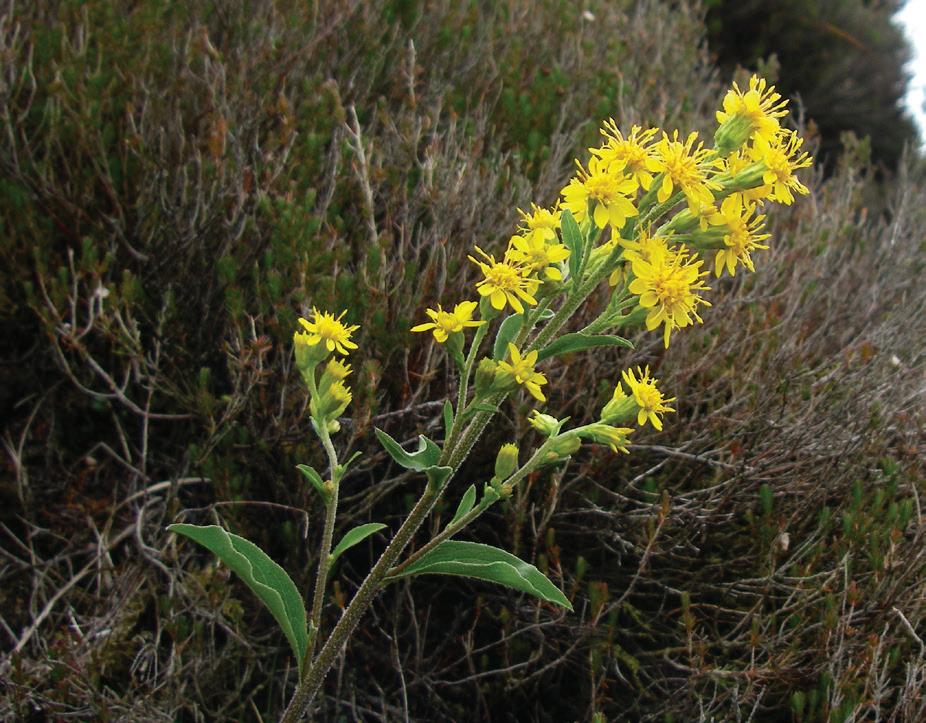
Flowers: July – September
Erect perennial, 15-60cm in height . Leaves oblonglanceolate, toothed, arranged alternately . Flowers yellow, 6-10mm wide, small and numerous, tightly packed in an erect branched terminal head . Found in rocky places, cliffs, woodland and hedgerows . Rare in South Armagh; frequent in Ireland .
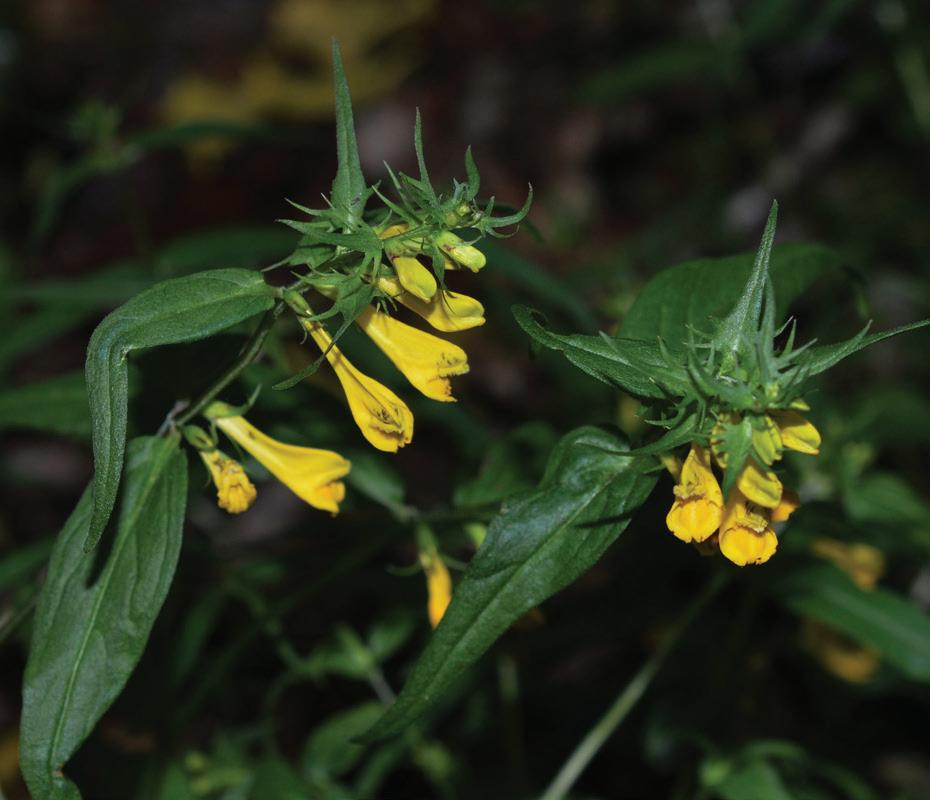
Flowers: May – June
Small tree, growing up to 18m in height with smooth, grey bark . Leaves up to 22cm in length, pinnate, 5-7 pairs of leaflets with toothed edge . Flowers white, 0 .6-0 9cm across, arranged in tight clusters . Fruits bright red and drooping . Found in upland areas, hedgerows and rocky places . Common and widespread throughout South Armagh and the rest of Ireland
Similar species: Ash (Fraxinus excelsior) Leaves pinnate, buds black, flowers dark purple with distinctive drooping winged seeds later in the year .
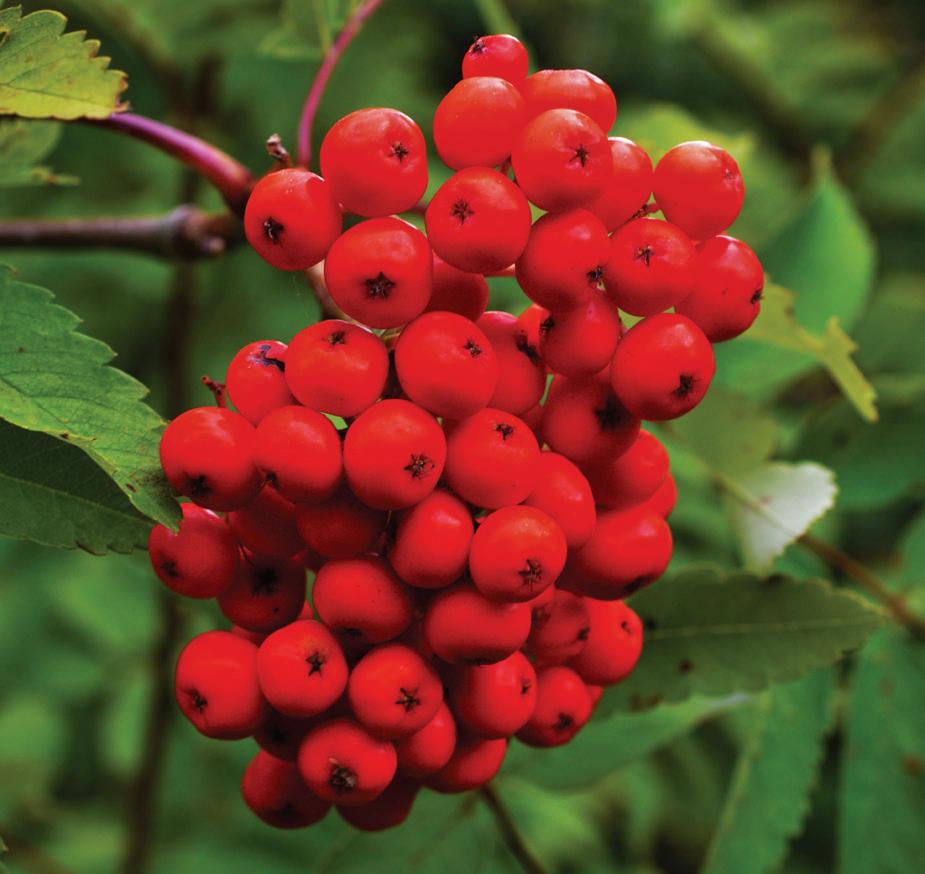
Flowers: April – May
Herbaceous upright perennial, 20-50cm in height, with underground bulb . Leaves basal, linear, up to 2cm in width . Flowers sweetly scented, blue with white stamens, bell shaped with curving tips, 2 .5cm in length, in groups of 4-15, drooping on one side . Found in woodlands, hedgerows and grassy banks . Common and widespread throughout South Armagh and Ireland.
Similar species: Hybrid Bluebell (Hyacinthoides x massartiana) has broader leaves, erect stems, paler flowers with blue stamens and little to no scent .

Fruits: July – August
Appearance: A brown capsule with many black rounded seeds Bluebells are one of the most well-known and loved spring flowers in Ireland and the UK and they are dwindling in numbers . It is illegal to remove the bulbs from wild populations without a licence
Sowing and general care: Best sown in mid-winter directly into compost, watered well and left outside in a cold but sheltered area and kept moist . In spring place them in a well-lit greenhouse and keep moist until germination occurs They may germinate in spring or summer or the following year . Seedlings should be re-planted into larger pots when they are a suitable size to be handled without damage . It can take 6-7 years for bulbs to reach a sufficient size to flower .
Foxglove – (Digitalis purpurea) – Lus mór –Veronicaceae
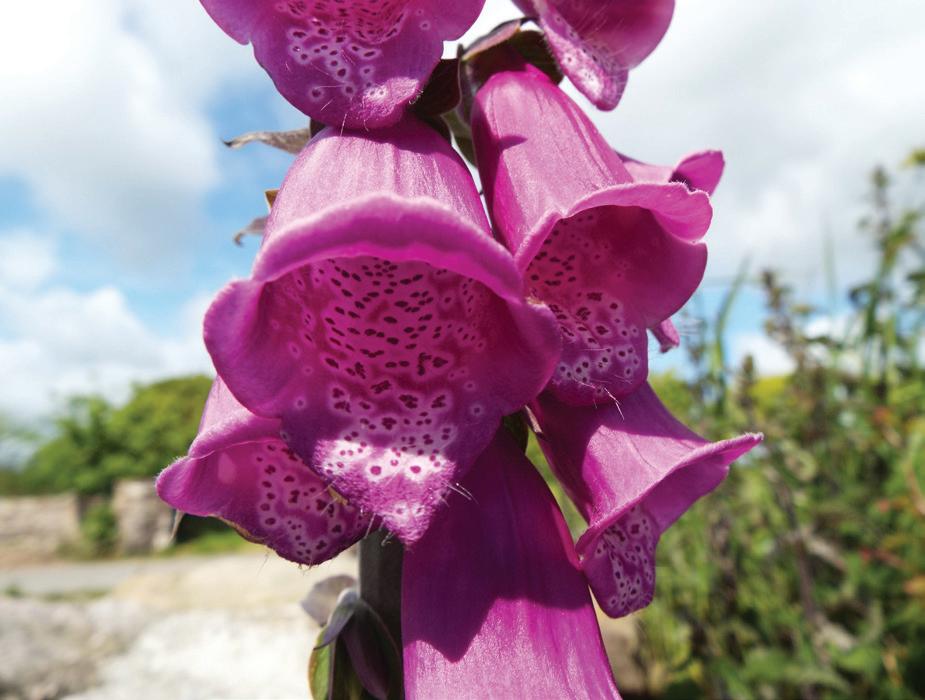
Flowers: June - August
Erect, hairy biennial, 100-150cm in height Leaves alternate, oval-lanceolate up to 30cm in length . Flowers tubular, pink/purple, up to 55mm in length, arranged in a terminal spike . Intricate design of white/purple mottling inside flower . Found in woodlands, road verges and rocky places . Common and widespread throughout South Armagh and Ireland .
Fruits: July – September
Appearance: A capsule with a 2-valved opening containing many seeds .
Sowing and general care: This large showy wildflower grows well in sunny and shady spots . It provides an important nectar source for bumblebees and huge numbers of small seeds . Sowing and general care: Sow outdoors in May or June, scatter seeds onto bare, damp soil 30cm apart and do not cover as light is essential for germination Seeds should germinate within 2-4 weeks . You may need to thin out the seedlings as they grow . In its first growing season it will produce a basal rosette of leaves, the next year it will produce flowers . In order to ensure continued flowering cut flowering stalks back before plant sets seed . Foxglove copes well in most soil types but is intolerant of extremely dry or waterlogged soils
Flowers: May – September
Low growing, herbaceous annual, 20-40cm in height Leaves green to red, palmate, divided into 3-5 lobes . Flowers deep pink with 5 petals, up to 2cm across . Found in hedgerows, rocky places, old walls and waste ground . Common and widespread throughout South Armagh and Ireland .
Similar species: Shining Cranesbill (Geranium lucidum) Leaves are round in shape and flowers are beaked .
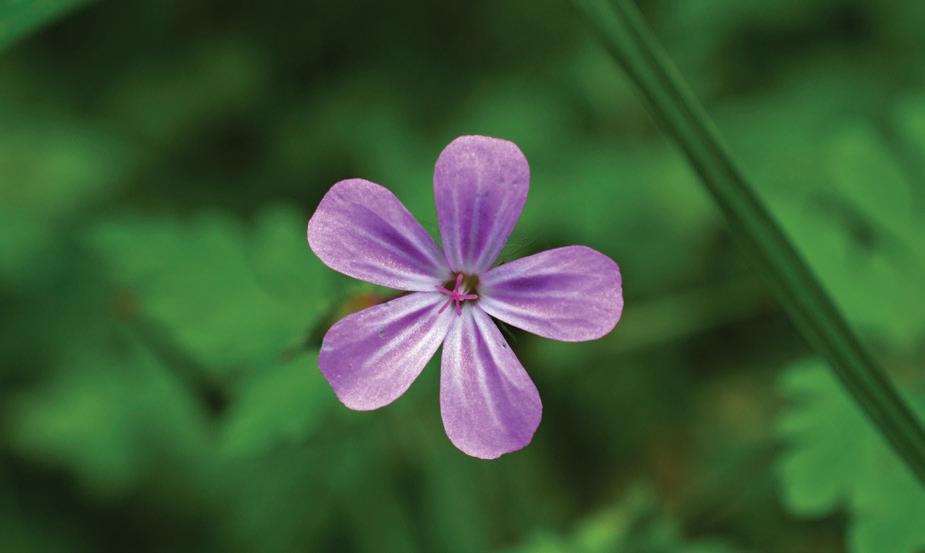
Fruits: June – October
Appearance: Capsule rounded at base with a long beaked end, hairy and ridged .
This common wildflower is very tolerant of stressful environments and grows well in bare ground, shallow soils and on stone walls It flowers more prolifically in sunny positions but can be grown in shade .
Sowing and general care: Best sown indoors in early spring about one inch apart and re-planted outdoors when seedlings are a suitable size to be handled without damage, as this plant is susceptible to frost damage . Space well apart as this plant is low-growing and spreading Germination should occur within 2 weeks .
Flowers: June – August
Deciduous woody climber, 5-10m in height . Leaves stalked, oval-lanceolate, 3-7cm in length . Flowers 4-5cm, trumpet shaped, white to yellow tinged with purple, borne on terminal heads, v fragrant Found in woodland, scrub and hedgerows . Common and widespread throughout South Armagh and Ireland .
Fruits: August – September Appearance: A cluster of red berries
This woody climber prefers fertile, moist, well-drained soil . Grows well in sunny and shady areas .
Sowing and general care: Before sowing, the flesh of the berry must be removed from the seeds and the seeds left to dry . Store in fridge for 4-12 weeks, in a polythene bag with moist tissue, as this plant requires a cold period before germination . Sow in pots indoors in moist fertile soil and re-plant outdoors when seedlings are a suitable size to be handled without damage . Seeds should germinate after 2 weeks . When re-planting ensure there is a suitable substrate nearby for the honeysuckle to climb e .g . a trellis or a wall and fertilize well .
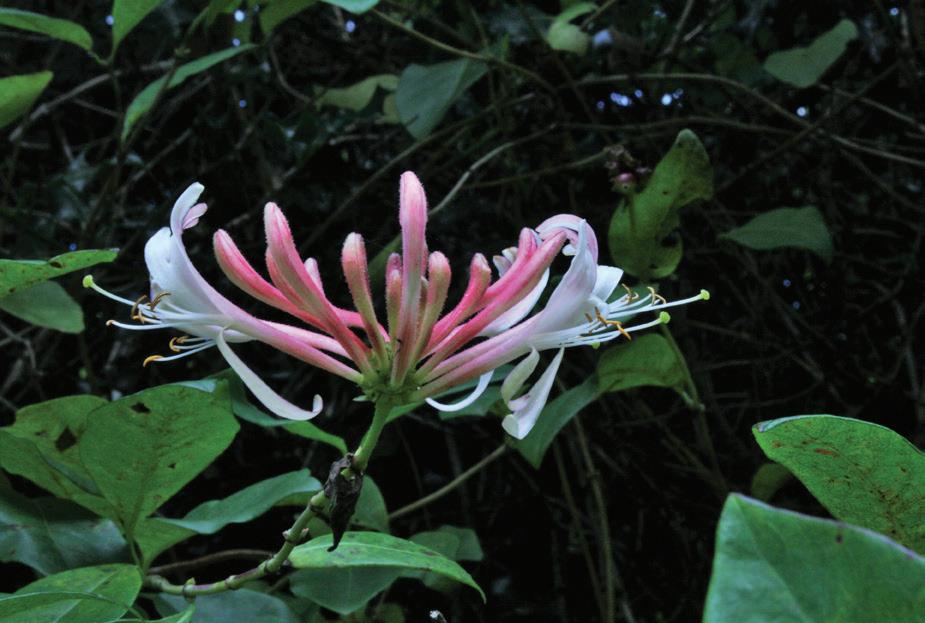

Lake Margin: Areas at the edge of lakes . Due to fluctuations in water levels this ecotonal area supports a diverse range of aquatic, semi-aquatic and terrestrial plant species The species present depends on the type of lake (acidic, basic, mineral-rich, mineral-poor) Many of the species which occur in this type of habitat are specialists and are able to cope with the stresses of being submerged or exposed for short periods of time .
Fens: Peat-forming wetlands which differs from bog in that they are less acidic and more nutrient rich, as they are fed by groundwater sources, resulting in greater plant diversity . Fen vegetation is usually dominated by sedges, wetland grasses, moss species and black bog-rush (Schoenus nigricans) .
Devil’s Bit-Scabious – (Succisa pratensis) – Odhrach bhallach – Caprifoliaceae

Flowers: July – September
Herbaceous, erect perennial, 40-120cm in height . Basal leaves 5-20cm in length, oval-lanceolate, opposite and sometimes toothed at the margin, deep green in colour . Flowering head is domed, purplishblue with protruding pink stamens Found in marshes, upland pastures, heaths and hedgerows . Common and widespread throughout South Armagh and the rest of Ireland .
Similar species: Field Scabious (Knautia arvensis), usually grows much taller and has pinnate leaves Sheep’s Bit (Jasione montana) .
Flowers: June – July
Herbaceous, erect perennial, 20-30cm in height . Leaves pinnate with 5 oblong leaflets with toothed margins, 0 3-5cm in length, green on upper surface, whitish below Flowers brownish-purple, 2-3cm across, sepals extend beyond petals . Found in marshes, bogs and drains . Common and widespread throughout South Armagh, frequent in the rest of Ireland .
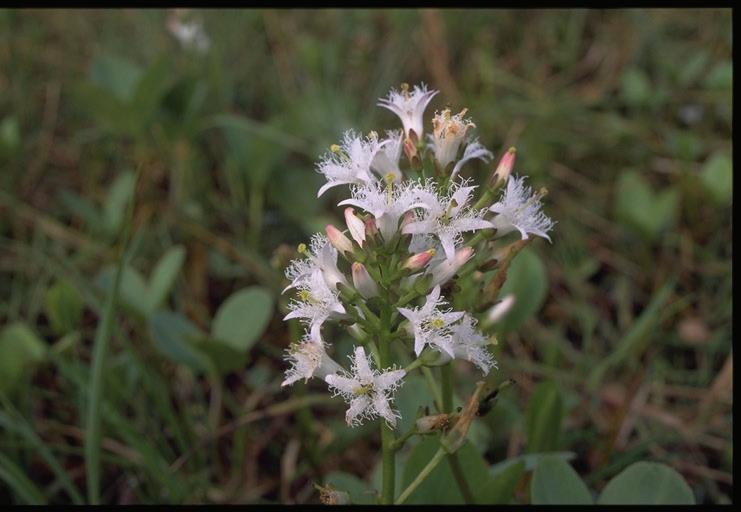

Flowers: April – May
Erect deciduous shrub, 100150cm in height . Leaves 2-6cm in length, linear-oblanceolate, stalked, arranged alternately with toothed edge near tip of leaf . Leaves fragrant when crushed Flowers are catkins which appear before leaves Fruit a narrowly winged nut Found in bogs, lake margins and wet heaths . Frequent in South Armagh and the rest of Ireland .
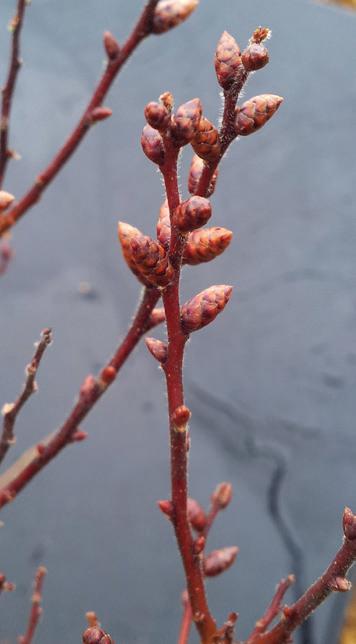
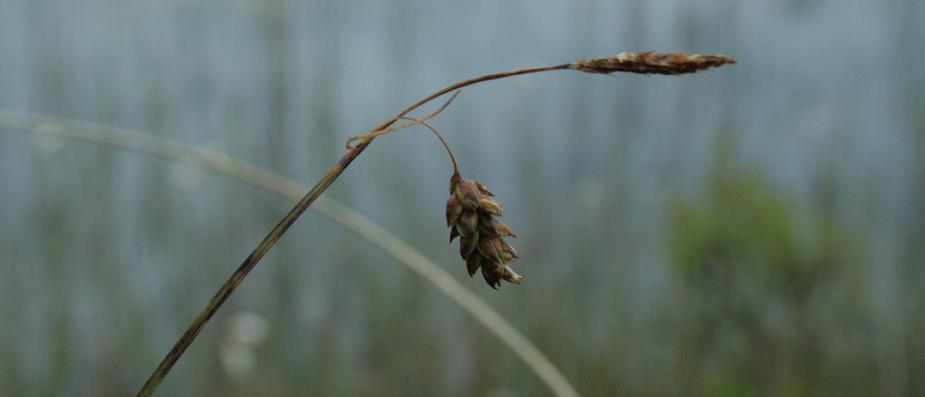
Flowers: May – August
Erect, rhizomatous perennial, 15-40cm in height, with triangular stems . Leaves pale, bluish-green, 1-1 .5mm wide and as long as stem . Inflorescence stalked, pendulous with 1 male spikelet and 1-3 female spikelets with 10-12 flowers . Glumes brown, wider and longer than the utricle . Utricle 3-4mm in length, green with a short beak Found in bog pools, fens and lake margins Rare in South Armagh and the rest of Ireland
Flowers: April – July
Aquatic perennial herb, with submerged or floating stems, 15-40cm in height . Leaves basal, trifoliate, up to 5cm in length, on long stalks protruding from water . Flowers up to 2cm in width, pink-white, arranged in a tall dense spike, 5 petals, each with a fringe of distinctive white hairs . Found in bogs and lake margins Common and widespread throughout South Armagh and Ireland .
Iris – Yellow Flag – (Iris pseudocorus) – Feileastram –Iridaceae
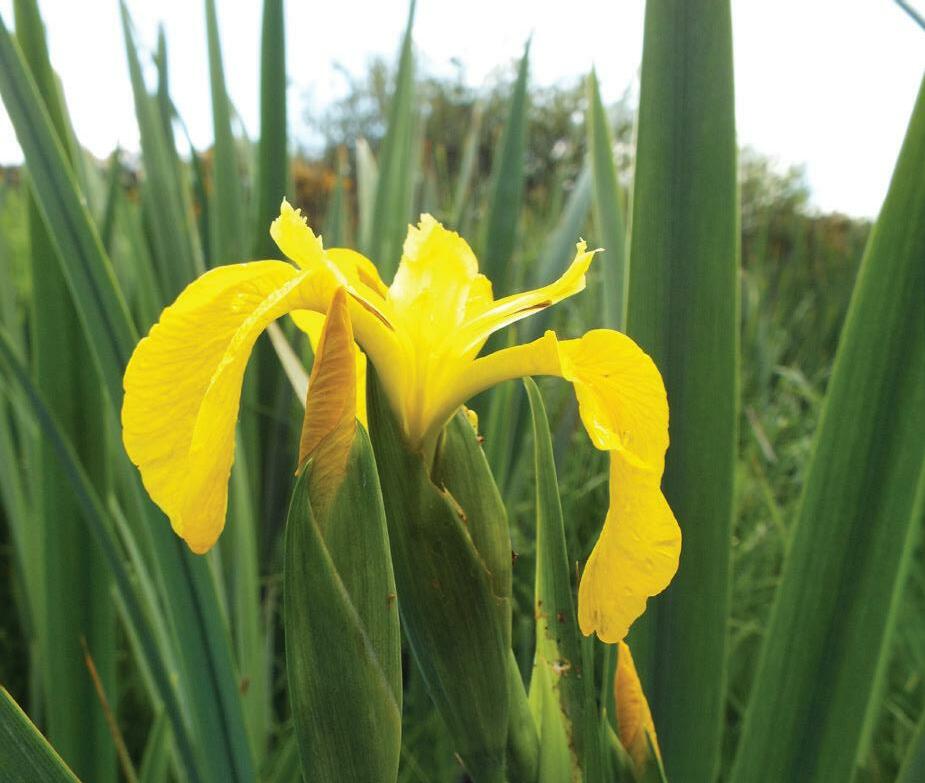
Flowers: June – July
Large, erect, rhizomatous, herbaceous perennial, 100-150cm in height . Leaves basal, lanceolate up to 100cm in length and 3cm in width . Flowers yellow, 10cm across consisting of 3 large outer petals and 3 smaller inner petals Found in ditches, fens and wet fields Common and widespread throughout South Armagh and Ireland .
Fruits: July – August
Appearance: Oblong capsule that splits down the centre, holds many seeds
This large, showy wildflower prefers very damp soils and grows well in damp grassland or at a pond margin .
Sowing and general care: Iris seeds need to experience a cold period before germinating This can be executed in one of two ways The seeds can be sown outdoors in winter where they will naturally go through this cold period, or they can be stored in a fridge in a polythene bag with moist tissue over the winter months and planted singly into pots in the spring . Once shoots appear, transplant into larger pots and keep well-watered Germinates in 4-25 weeks .
Bogs: Nutrient poor, acidic peat-forming wetland . Many interesting and unusual plant species thrive in this habitat as they have adapted to their nutrient poor surroundings by being insectivorous Uncut bog provides an extremely important environmental service in the form of a carbon sink . Bogs have been depleted in Ireland through commercial and domestic peat extraction, to the extent that less than 19% of our remaining peatlands contain uncut bog .
Flushes: Areas where underground freshwater comes to the surface and often creates pools They can be stony and sparse with vegetation or have a rich flora which is mainly made up of sedges, rushes and bryophytes . On East and North slopes of Slieve Gullion.

Flowers: July – September
Small, erect, herbaceous perennial, 5-12cm in height Leaves 2-5, oval, arranged in a basal rosette often with a fringe of tiny bulbils . Flowers greenish-yellow, 4-7mm, tightly packed in a terminal spike . Flowers formed by two paired sepals, which flank a large lower lip Found in bogs, associated with Sphagnum moss . Rare in South Armagh
the rest of Ireland .
Flowers: July – August
Erect, herbaceous, hairy perennial with creeping stems, 20-40cm in height . Leaves rounded, 1-1 .5cm across and clasp stem . Flowers yellow, 1 2-2cm across, 5 petals and sepals the latter of which have red glands Found in bogs, flushes and streams Occasional in South Armagh and the rest of Ireland .
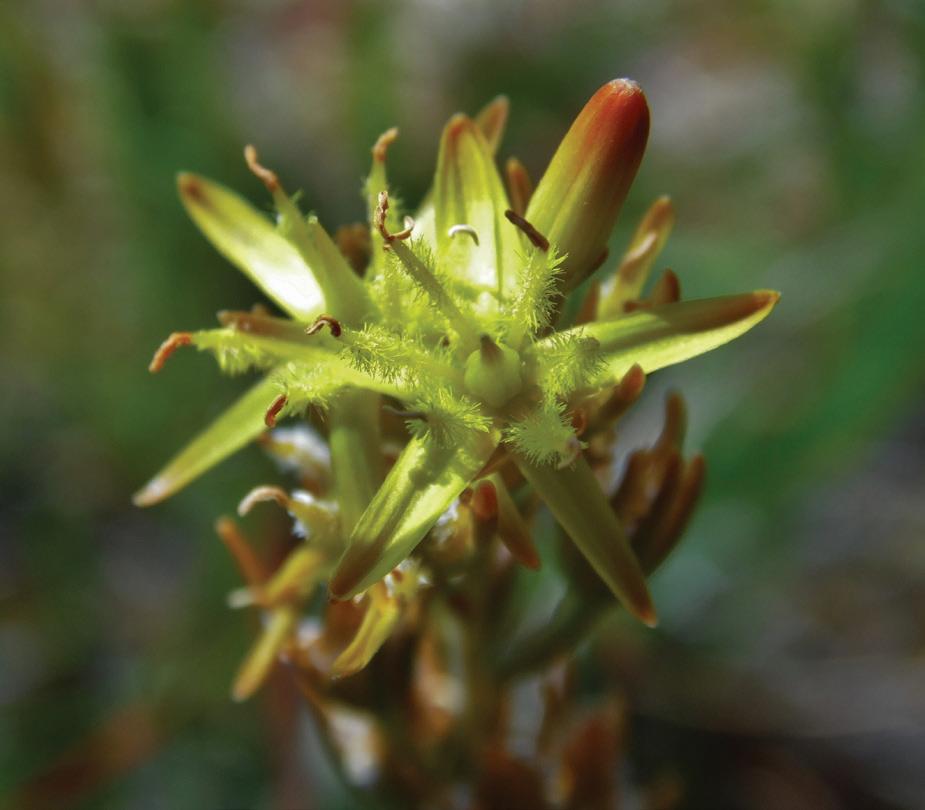
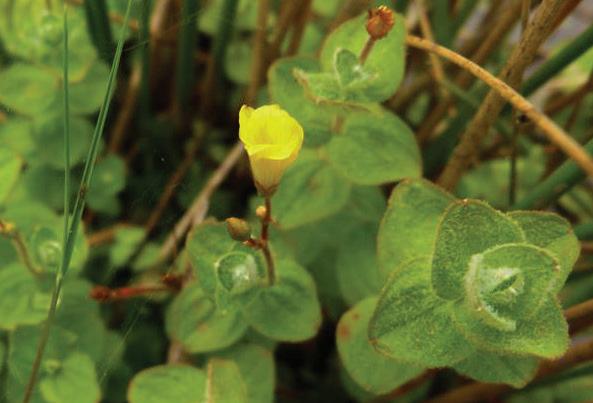

Flowers: July – August
Erect, herbaceous perennial, 15-45cm in height . Leaves basal, flat, linear, up to 25cm in length, turning orange-bronze after flowering season Scale like leaves present on flowering stem Flowers 1 2cm across, yellow, arranged in a spike, with noticeably woolly filaments, bearing dark orange anthers . Found in bogs and wet heaths Common and widespread throughout South Armagh and Ireland .
Flowers: June – August
Perennial, insectivorous herb 5-12cm in height Leaves, 1 .5-2cm in length, oblong, curled at edges form a basal rosette . Leaves also exude a sticky substance which is used to trap and digest insects . Flower 5-7mm in width, 5-petalled, solitary, pale lilac-white with a yellow centre borne on long, slender stalk Found in bogs, flushes and wet heaths . Occasional in South Armagh
Flowers: June – July
Evergreen shrub, 40-60cm in height . Leaves 2-5mm, needle like, arranged in whorls of 4 . Flowers pink, urnshaped, arranged in clusters on the end of thin woody stems . Found in wet heaths and bogs . Common and widespread throughout South Armagh and Ireland
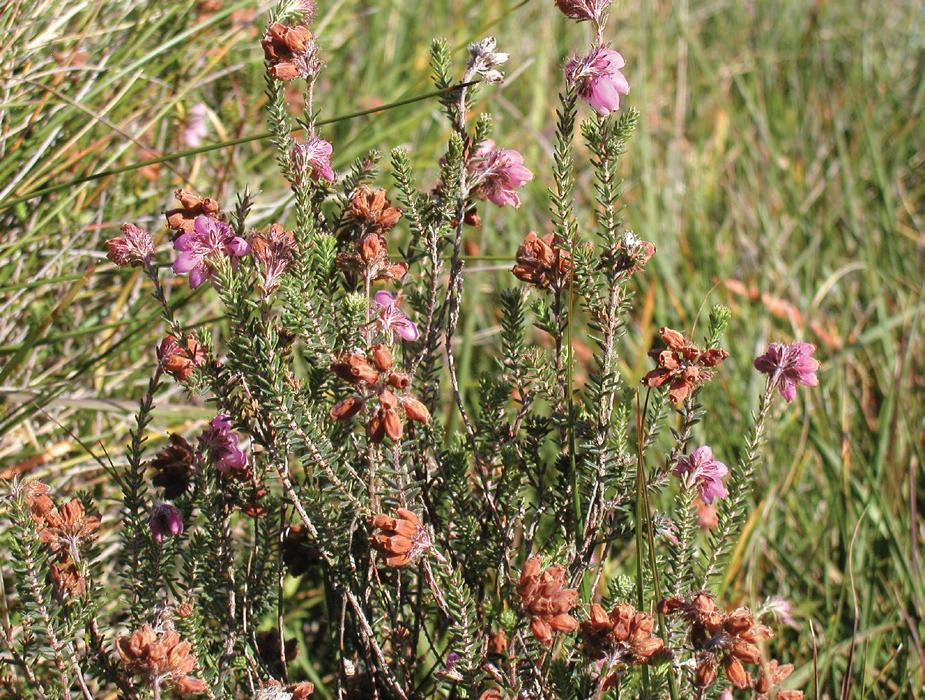
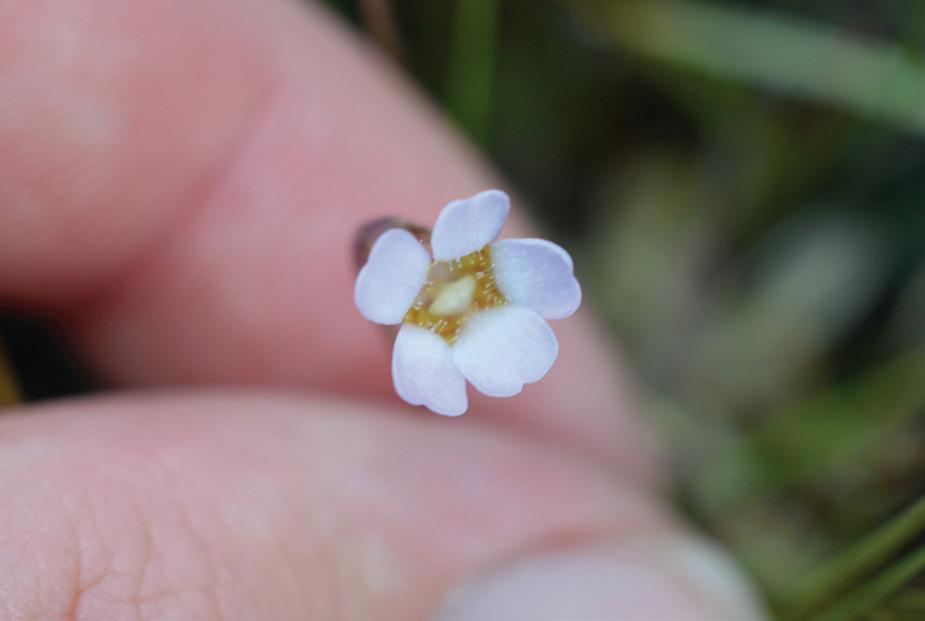
Flowers: June – August
Pinkish-buff moss-like plant with a creeping stems, and erect fertile branches 5-10 cm high Leaves 1-3mm, lanceolate, toothed, arranged alternately in a spiral along stem . Sporangia borne on ill-defined cones on the tip of stem Found in marshes, flushes and mountain ledges . Occasional in South Armagh and the rest of Ireland .

Flowers: May – September Erect, perennial, 50-75cm in height forming dense tufts . Leaves linear with a black sheath Inflorescence made up of black, flattened spikelets, 0 .5-1cm in length, borne terminally in heads of 5-10 with long leafy bract . Found in bogs, lake shores and marshes Occasional in South Armagh, frequent throughout the rest of Ireland
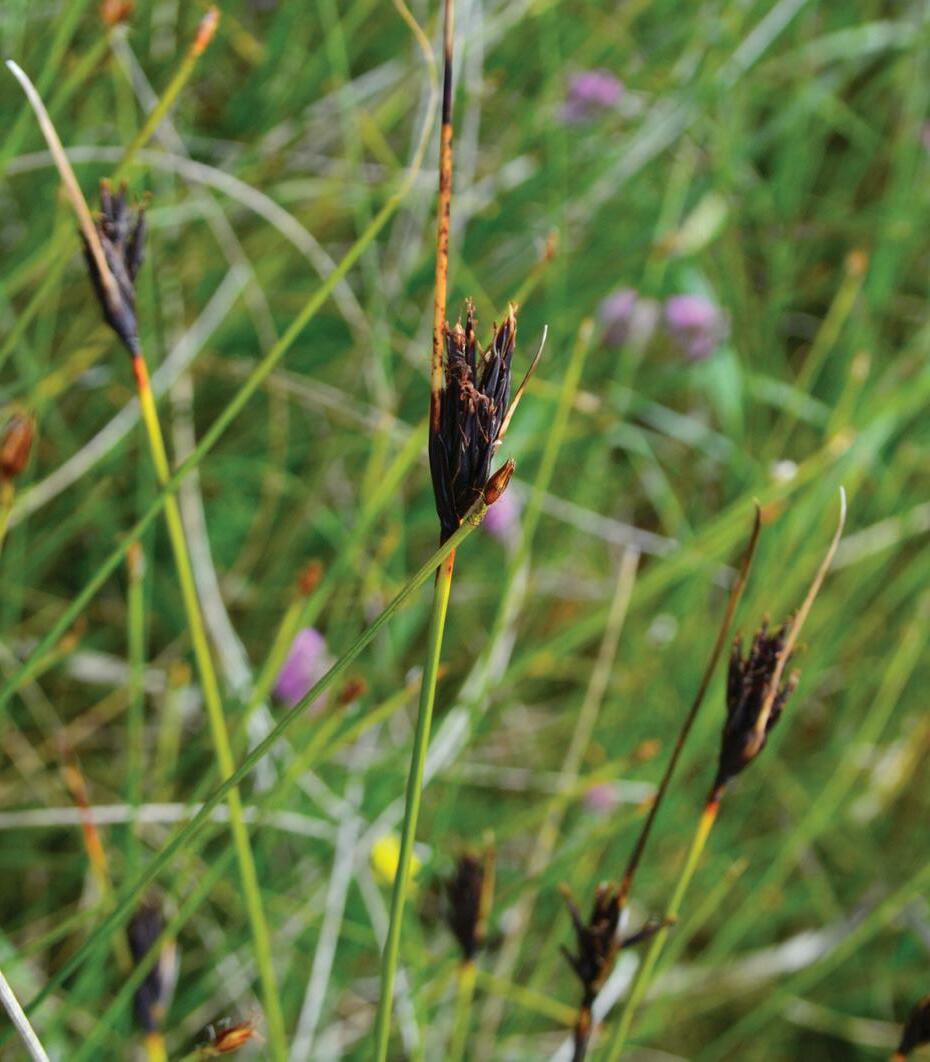
Characterised by an abundance of heather . Heaths can be dry or wet, upland or lowland Dry heathland is predominantly vegetated by ling heather (Calluna vulgaris) and western gorse (Ulex gallii), while wet heath is dominated by cross-leaved heath (Erica tetralix) and other plants such as bog asphodel (Narthecium ossifragum) and bog cotton (Eriophorum angustifolium)
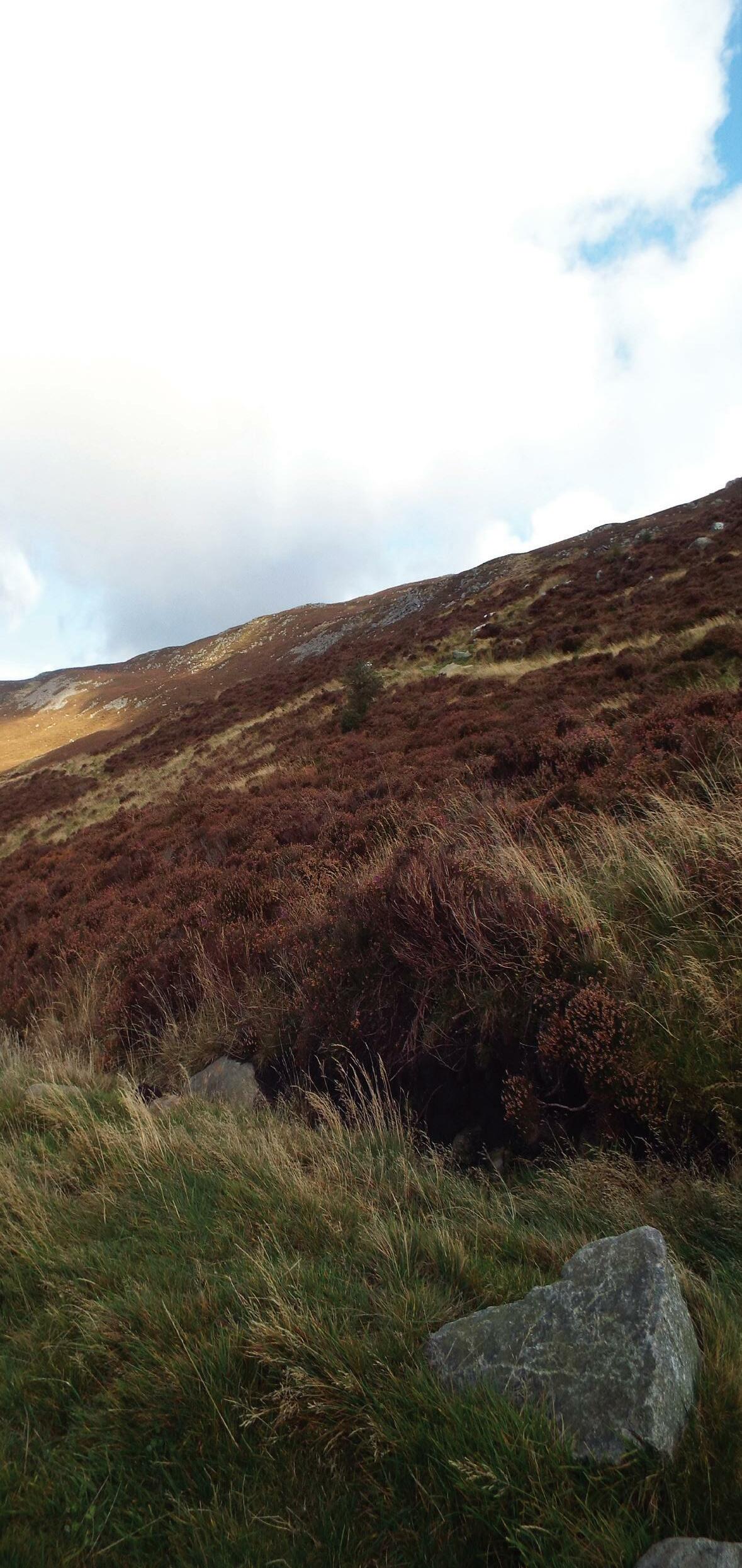
Flowers: May
Dwarf, creeping, heather-like, evergreen shrub . Leaves on very short stalks, light green in colour, in whorls of 3-4, 5mm in length . Flowers small, 3-petalled, green to purplish-pink . Fruit a black berry, 4-8mm across Found in upland bogs and heaths . Occasional in South Armagh and the rest of Ireland .

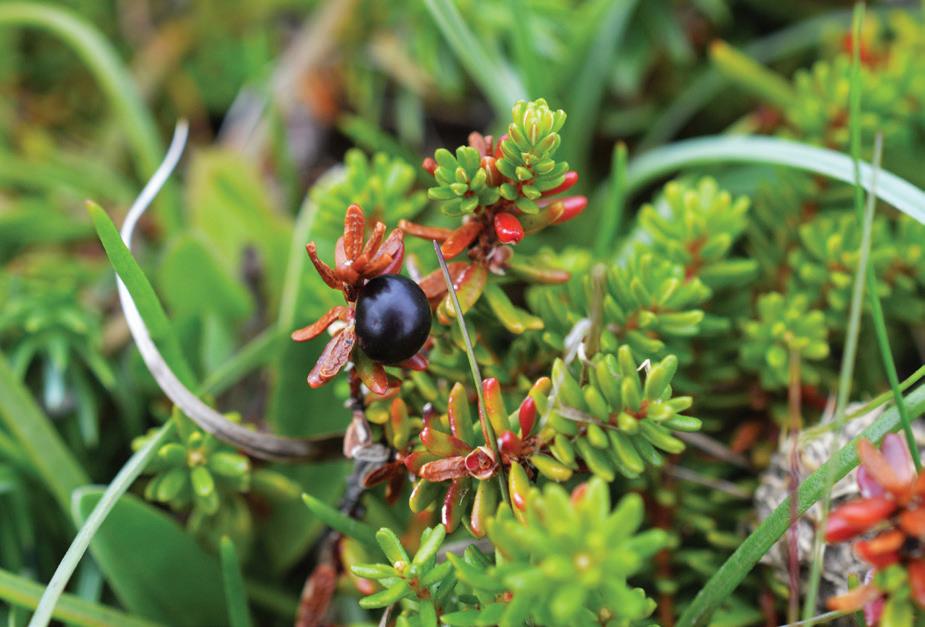
Flowers: June – August
Straggling but erect evergreen shrub 40-60cm in height Leaves needle like, in whorls of 3, 5-7mm in length Flowers bright pink-purple, urn shaped and borne in cluster at the end of woody stem, 4-6mm in length Found in dry heaths and rocky places . Common and widespread throughout South Armagh and the rest of Ireland .
Flowers: June – August

Erect, herbaceous, moss-like plant, 5-12cm in height . Leaves linear-lanceolate, 5-7mm in length, arranged spirally on stem Sporangia borne in the leaf axils and not on cones . Bud-like bulbils may be present . Found in heaths and mountainous areas . Occasional in South Armagh and the rest of Ireland .

Spiny, spreading shrub 30-80cm in height Leaves in the form of spines, deep green, 1 .1-3cm in length with shallow grooves . Flowers bright yellow, 1 .2-1 .4cm in length, mixed with leaves to form dense flowering spikes in late summer Found in mountain sides and heaths . Frequent in South Armagh, common in the south of Ireland, occasional elsewhere .
Similar species: Gorse (Ulex europaeus) More deeply grooved spines and flowering peak in spring
Flowers: April – September
Erect, herbaceous perennial, 3-20cm in height . Leaves as one opposite pair, oval and 1-2 .5cm in length with distinct midrib . Flowers minute, reddish-brown, made up of 5 tepals and 1 lower lip distinctly divided into 2 lobes no more than 5mm in length . Found in upland areas amongst moss and under heather . Species can be difficult to find due to its small size . Rare in South Armagh and the rest of Ireland .

Flowers: June – July
Erect, herbaceous perennial with creeping stems, 1020cm in height . Leaves oval-oblong, untoothed, green above, white and silky underneath, on short stalks, forming a basal rosette . Flowers white-pink, forming terminal cluster of 2-8 on the end of woolly stems, 1 2cm across Found in heaths, mountain pastures, limestone and sandy areas . Rare in South Armagh, occasional in the north and west, rare in the rest of Ireland .

Flowers: June – July
Small evergreen shrub with creeping rhizome and woody stems, 15-30cm in height . Leaves leathery, dark, glossy green above, paler with dots below, 1-3cm long by 0 5-1cm wide . Flowers pale pink, bellshaped, 6mm across, forming small groups at end of shoots Fruit 8-10mm across, red berries . Found in heath and woods with acid soil Rare in South Armagh and the rest of Ireland .

Fruits: August – October
Appearance: A red berry, 6-10mm across .
This plant is self-fertile and is great for attracting insects . Grows well in semi-shaded areas . This plant is also known as Lingonberry and bears edible fruits which are popular in Scandinavia .
Sowing and general care: Prefers well-drained, acidic, lime-free, peaty or sandy soils Sow seed immediately into trays with a shallow covering of soil, once seedlings reach 5cm in height transfer into individual pots . Keep plants in a greenhouse for their first winter and replant outdoors in spring or summer .
Basal: At the base or lowest position .
Biennial: A plant which generally lives for two years or which germinates in one year and flowers, sets seed, and dies in the next .
Bract: Modified and usually small leaf where the flowering stalk joins the main stem .
Calyx: The sepals considered in their entirety .
Catkins: Characteristic cylindrical, pendulous inflorescence of many tree species
Cluster: A group of flowers .
Conglomerate: Tightly packed group of flowers, especially characteristic of the Asteraceae family .
Cordate: Heart-shaped, especially of the base of a leaf
Corolla: The petals considered in their entirety .
Deciduous: Falling leaves after the growing season
Ecotonal: Describes an area which borders on two habitat types and may have characteristics of both .
Glume: (Grasses or sedges) Bracts which enclose the flower .
Hemiparasitic: A plant which obtains resources from other plants but also continues to photosynthesize
Herbaceous: A plant which does not have a woody stem
Inflorescence: The flowers of one shoot or group considered in their entirety, may also related to their arrangement .
Labellum: (Orchids) The lowest petal or lip
Lanceolate: Lance like in shape, much longer than broad and tapering to a point
Leaf axils: The angle above where the petiole joins the stem
Midrib: The main central vein of a leaf .
Palmate: Hand-like leaf structure .
Pea Flower: Characteristic pea flower
Perennial: A plant that lives from year to year
Petiole: Stalk which attaches the leaf to the stem .
Pinnate: Having leaflets arranged along the midrib, most often in opposite pairs
Pyramidal: Pyramid-like in shape .
Rhizome: Underground stem
Rosette: Circular arrangement of leaves, typically at ground level
Sepals: Outermost part of the flower underneath the petals, usually green
Spike: Elongated cluster of flowers along main stem
Spikelet: (Grasses and sedges) Small, compact spike consisting of glumes, bract and florets above .
Spines: Needle-like leaves .
Sporangia: Spore casing (in ferns and their relatives)
Stamen: Male reproductive part of a flower, composed of the anther and filament
Stem: The central support structure of the plant
Tendril: Specialised leaf, branch or stem which provides support by twining around other objects .
Toothed: Having an edge with teeth, serrated .
Trifoliate: Having a leaf consisting of three leaflets
Utricle: (Sedges) Extra glume that surrounds a female flower
Whorls: Circular arrangement, e g of petals or leaves not at ground level .
Stace, C . A (2011) A New Flora of the British Isles, 3rd edition Cambridge: Cambridge University Press Parnell, J and Curtis, T (2012) Webb’s An Irish Flora Cork: Cork University Press . Faulkner, J . S . (2015) County Armagh Scarce, Rare and Extinct Vascular Plant Register . Down: NMNI Publications Devlin, Z . (2014) The Wildflowers of Ireland: A Field Guide . Cork: The Collins Press Williams, J .B ., and Morrison J .R (2003) A Colour Atlas of Weed Seedlings: CRC Press; 2nd Revised ed . edition . Rose, F . (2006) The Wild Flower Key: Warne Phillips, R . (1997) Wild Flowers of Britain: Over a Thousand Species by Photographic Identification: Pan Books
National Biodiversity Data Centre (2016) Collecting and Using Pollinator Friendly Wildflower Seed .
All-Ireland Pollinator Plan, How-to-guide 2: National Biodiversity Data Centre Series No .6 .





